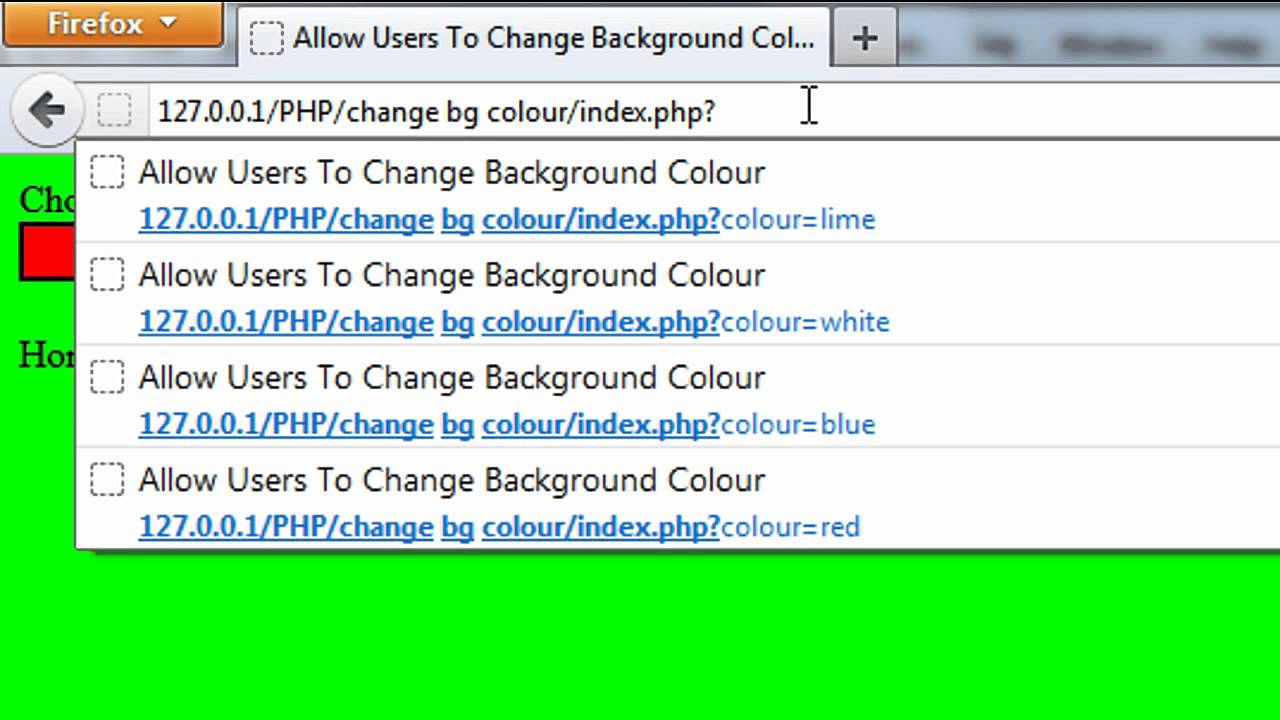Overview
In PHP, changing the background color of a web page can be done using various methods. Whether you want to dynamically modify the background color based on certain conditions or simply want to add some visual flair to your PHP page, there are multiple ways to achieve this. In this article, we will explore three popular methods to change the background color in a PHP page: using inline styles, using CSS classes, and using inline CSS with PHP.
By modifying the background color, you can customize the look and feel of your PHP page to match your branding, create visual hierarchy, or add emphasis to specific sections. Additionally, dynamically changing the background color can be useful in scenarios where you want to provide visual feedback or indicate the status of certain elements on the page.
Throughout this article, we will guide you through each method, providing step-by-step instructions along with code examples to illustrate the implementation process. Whether you are a beginner or an experienced PHP developer, you will find these approaches simple and applicable to various use cases.
Let’s dive into the different methods of changing the background color in a PHP page and learn how to apply them effectively.
Method 1: Using Inline Styles
One of the simplest ways to change the background color in a PHP page is by using inline styles. This method allows you to specify the background color directly within HTML tags using the style attribute.
To apply an inline style for the background color, you need to identify the HTML element that you want to modify. For example, if you want to change the background color of the entire body of the PHP page, you can use the `
` tag.Here’s an example code snippet:
php
Welcome to My PHP Page
This is an example of changing the background color using inline styles in PHP.
In the above code, the `style` attribute is added to the `
` tag with `background-color: #ff0000;` property. This sets the background color to red (#ff0000).By using inline styles, you have the flexibility to apply different background colors to specific HTML elements. For instance, if you want to change only the background color of a `
This method is straightforward and suitable when you want to make quick changes to the background color without affecting other stylesheets or classes used in the PHP page.
Method 2: Using CSS Classes
Another approach to change the background color in a PHP page is by utilizing CSS classes. This method allows you to define specific styles for multiple elements and apply them easily throughout the page.
To use CSS classes for changing the background color, you need to define the styles in a separate CSS file or within a `
Welcome to My PHP Page
This is an example of changing the background color using CSS classes in PHP.
In the above code, a CSS class named `red-background` is defined in the `
Welcome to My PHP Page
This is an example of changing the background color using inline CSS with PHP.







